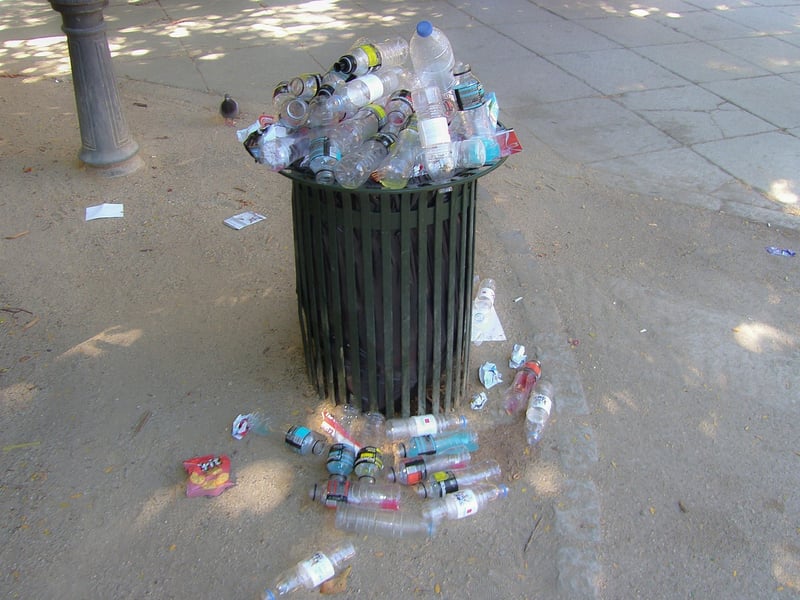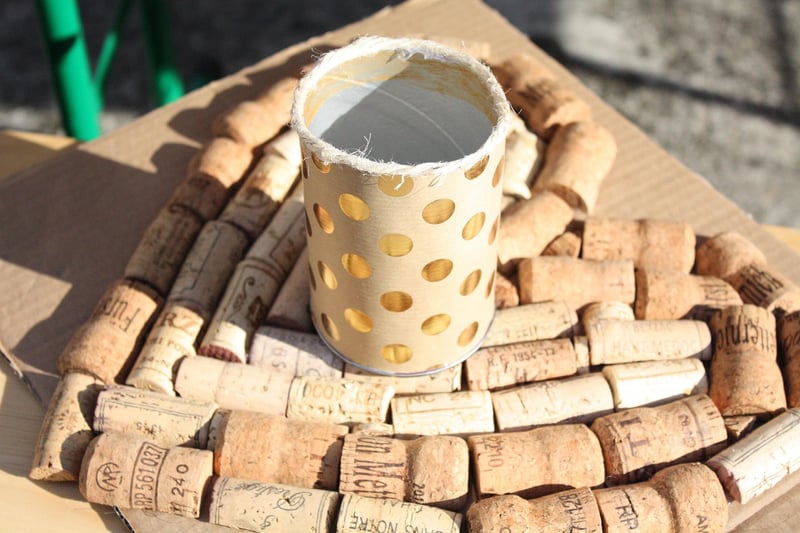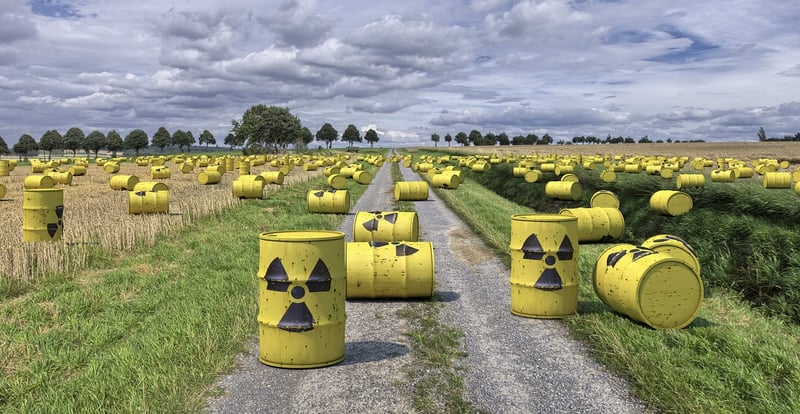Waste Reduction Strategies
Guidance and Advice for Upcycling Enthusiasts
Introduction
Welcome to the world of upcycling! If you're passionate about turning old items into new treasures and reducing waste, you're in the right place. Upcycling is a creative and eco-friendly way to breathe new life into discarded materials. In this article, we will provide you with guidance, tips, and strategies to enhance your upcycling journey.
Why Upcycling Matters
Upcycling plays a vital role in waste reduction and environmental conservation. By reusing and repurposing items that would otherwise end up in landfills, you contribute to a more sustainable future. Upcycling also allows you to express your creativity and craftsmanship while reducing your carbon footprint.
Guidance for Upcycling Enthusiasts
1. Start Small
Begin your upcycling journey by starting small. Repurpose simple items like glass jars, old clothing, or wooden pallets before moving on to more complex projects. This will help you build your skills and confidence gradually.
2. Get Inspired
Find inspiration for your upcycling projects from various sources such as social media platforms, DIY blogs, and upcycling workshops. Explore different styles and techniques to discover what resonates with you.
3. Choose the Right Tools
Invest in basic tools such as a glue gun, paintbrushes, sandpaper, and a sewing kit to support your upcycling endeavors. Having the right tools will make the process smoother and more enjoyable.
4. Embrace Imperfection
Remember that upcycling is about creativity and resourcefulness, not perfection. Embrace imperfections in your projects as they add character and uniqueness to your creations.
Waste Reduction Strategies
1. Reduce Single-Use Items
Avoid single-use items such as plastic bags, straws, and disposable containers. Opt for reusable alternatives to minimize waste generation.
2. Compost Organic Waste
Start a compost bin for organic waste such as food scraps and yard trimmings. Composting not only reduces landfill waste but also produces nutrient-rich soil for gardening.
3. Donate Unwanted Items
Instead of throwing away items you no longer need, consider donating them to local charities or thrift stores. Your unwanted items can find a new home and serve someone else.
4. Shop Mindfully
Practice mindful shopping by buying only what you need and opting for products with minimal packaging. Choose durable and long-lasting items to reduce the frequency of replacements.
Conclusion
Embark on your upcycling journey with enthusiasm and creativity. By incorporating waste reduction strategies into your lifestyle, you can make a positive impact on the environment and inspire others to follow suit. Remember, every small effort counts towards building a sustainable future.


